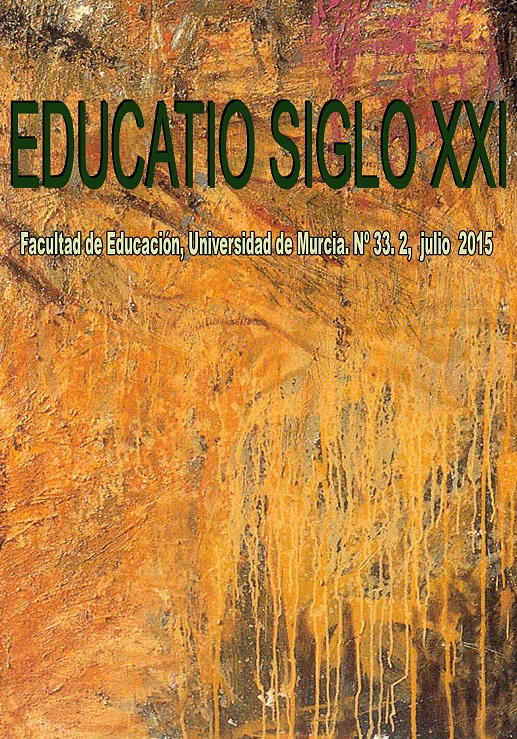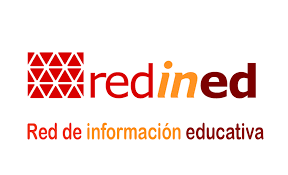Digital textuality and multiliteracy. Digital contents as resource in education
Abstract
The aim of this article concerns the relationship among education, culture, and digital materials. Through these lines we develop the concept of the hypertext, as a new reality to get access to knowledge. Although the concept got thorough attention in the past century, nowadays it is very important and crucial to understand new reading trends. There is a new way of reading which goes from sequences to free interaction with texts in the building of knowledge.
The new literacy related to multimedia technology that we have chosen is the video game. Its possibilities are multiple, allowing people to learn and appreciate values from an informal and formal (if we apply it to the classroom) perspective. Our selection is related to the products from the Ubisoft Company, specifically the Assassin´s creed video game, because this company is going beyond entertainment and it is giving complex plots with transtextuality and hypertexts to their productions. We suggest an educative use of these resources to demonstrate that readingtendencies are changing and people have to adapt to these processes and to the new demands from digital culture.
Downloads
-
Abstract2043
-
PDF (Español (España))1176
Original work publishes in this journal is subject to the following terms:
1. Murcia University Press (the publishing house) holds the copyright of the publishes work, and favours and allows their reutilization under the use license stated in point 2.
© Servicio de Publicaciones, Universidad de Murcia, 2015
2. Work is published in the electronic edition under a license (Creative Commons Reconocimiento-NoComercial-SinObraDerivada 4.0 España (legal text). They can be copied, used, disseminated, transmitted and publicly presented, as long as: i) authorship and original publication source is acknowledged (journal, publishing house and URL of the work); ii) are not used for commercial purposes; iii) the existence and specifications of this use license is stated.
3. Conditions for self-archive. Authors are allowed and encouraged to disseminate electronically the pre-pint (before review) and/or post-print (accepted for publication) versions of their work before their publication since that favours earlier circulation and dissemination resulting in an increased chance for the authors to be cited and for the work to reach a bigger share of the academic community. Colour: RoMEO: green.







